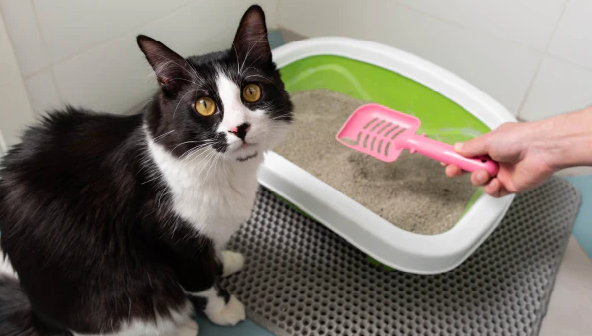Choosing the right toilet option for your feline friend is essential for their health and your home’s cleanliness. Cat toilets have evolved, offering various solutions that cater to both cats and their owners’ needs. In this guide, we’ll explore the types of cat toilets available and how to choose the best one for your furry companion.
Why Consider a Cat Toilet?
When it comes to cat care, the litter box has long been the standard, but cat toilets present an innovative alternative that can simplify your life. These systems not only help reduce odor and mess but also promote hygiene. By understanding the different types of cat toilets, you can select one that fits seamlessly into your home and aligns with your kitty’s preferences.
Types of Cat Toilets
1. Traditional Litter Boxes
Traditional litter boxes are perhaps the most common choice among cat owners. These simple containers allow for easy accessibility and a familiar environment for cats. Commonly filled with various types of litter, you can find options ranging from clumping clay to eco-friendly materials. The benefits of traditional boxes include affordability and the ease of cleaning; however, they can sometimes lead to odors if not maintained regularly. Additionally, cats often appreciate the traditional approach as it mimics their natural behavior.
2. Self-Cleaning Litter Boxes
If you’re looking for convenience, self-cleaning litter boxes may be the perfect option. These innovative devices automatically sift through waste, removing clumps of soiled litter without you needing to lift a finger. They come equipped with sensors that detect when your cat has used the box, initiating the cleaning process shortly after. While the initial investment can be higher than traditional boxes, the time saved on daily upkeep makes them appealing. Cats often adapt quickly to these models due to their clean design and consistent use of fresh litter.
3. Cat Toilets Using Real Water
An increasingly popular choice among tech-savvy pet owners is the cat toilet that connects to existing plumbing, allowing cats to use a real toilet. This futuristic option trains your cat to use a standard toilet, significantly reducing litter use and odors. Although the learning curve may be steeper for your furry friend, many cats eventually thrive with this system. It’s essential to consider the space available and whether you’re willing to invest the time in training your cat, but the long-term benefits of odor reduction and ease of cleaning are considerable.
Conclusion
Choosing the right cat toilet can make a remarkable difference in your life and your cat’s wellbeing. Whether you opt for a traditional litter box, a self-cleaning model, or even a toilet-training system, each option has its unique advantages. Take the time to assess your needs and those of your feline friend to find the ideal solution. For further tips and guidance, don’t hesitate to explore more resources or consult with fellow cat owners on their experiences. Happy cat parenting!




